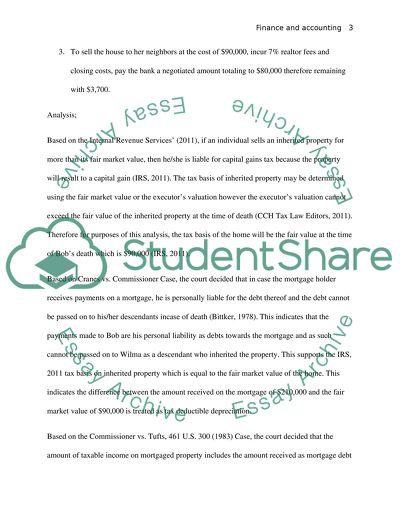FINANCE AND ACCOUNTING Case Study Example | Topics and Well Written Essays - 750 words. Retrieved from https://studentshare.org/finance-accounting/1434562-finance-and-accounting
FINANCE AND ACCOUNTING Case Study Example | Topics and Well Written Essays - 750 Words. https://studentshare.org/finance-accounting/1434562-finance-and-accounting.


